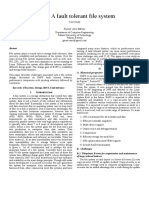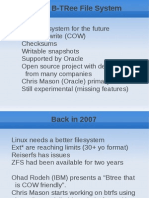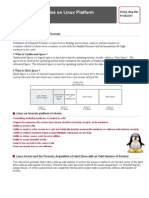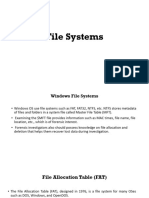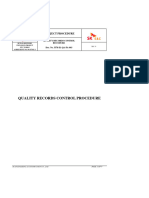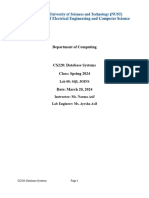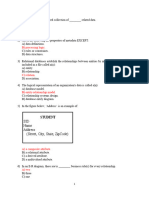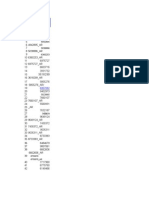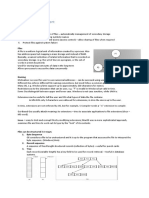0% found this document useful (0 votes)
9 views6 pagesDataset For Forensic Analysis of B-Tree File System
This document presents a dataset for forensic analysis of the B-tree file system (Btrfs), which is becoming the standard file system on Linux. The dataset includes various file system layouts, operations, and data recovery metrics, providing valuable insights for forensic investigators. The data was collected using a proposed recovery procedure and is intended to enhance understanding of Btrfs's behavior during data deletion and modification.
Uploaded by
asmat.ncscholarCopyright
© © All Rights Reserved
We take content rights seriously. If you suspect this is your content, claim it here.
Available Formats
Download as PDF, TXT or read online on Scribd
0% found this document useful (0 votes)
9 views6 pagesDataset For Forensic Analysis of B-Tree File System
This document presents a dataset for forensic analysis of the B-tree file system (Btrfs), which is becoming the standard file system on Linux. The dataset includes various file system layouts, operations, and data recovery metrics, providing valuable insights for forensic investigators. The data was collected using a proposed recovery procedure and is intended to enhance understanding of Btrfs's behavior during data deletion and modification.
Uploaded by
asmat.ncscholarCopyright
© © All Rights Reserved
We take content rights seriously. If you suspect this is your content, claim it here.
Available Formats
Download as PDF, TXT or read online on Scribd
/ 6

